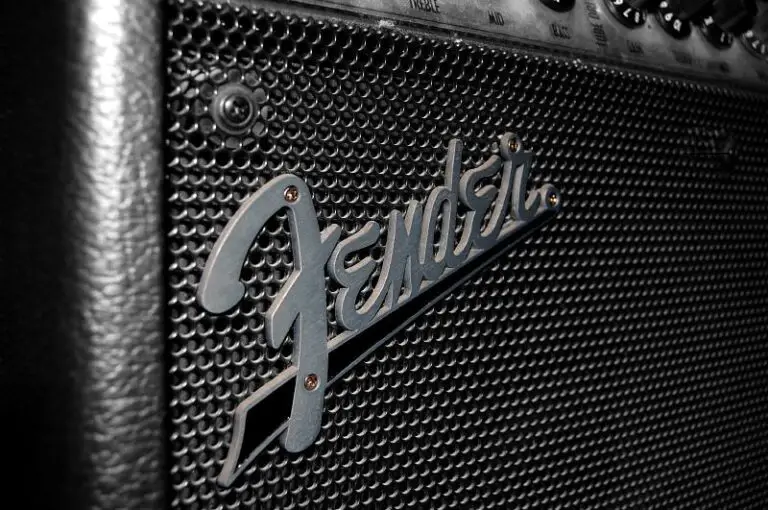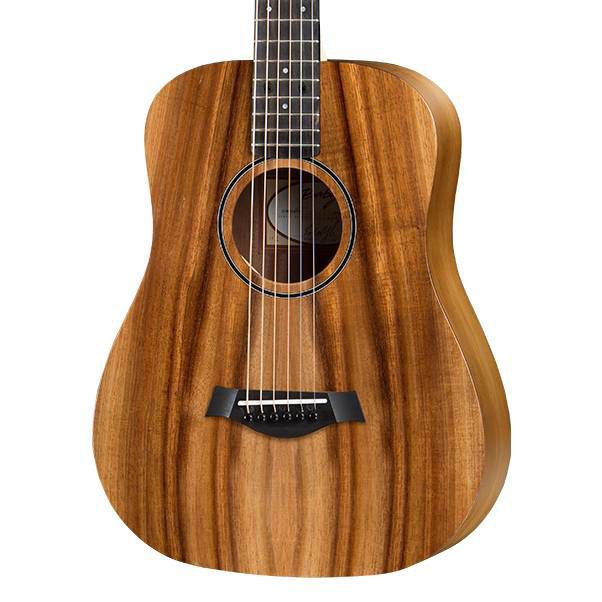Alder vs Basswood: Which Guitar Body Wood Is Better?
When guitar makers look at alder vs basswood for guitar bodies, it forces them to choose the purpose of the instrument they are making. Even early on, these choices are pivotal in shaping a guitar’s character.
Even though both tonewoods are easily accessible and cheap to use, the alder vs basswood choice will decide if a guitar accentuates low-end notes or focuses on brighter sounds and tones.
No matter what wood is used, there is a good chance you have played a guitar with either of these woods somewhere used in the body. You just won’t realize how they play a role in the guitar’s sound.
With many major companies using these to build electric and acoustic guitars, alder and basswood are some of the most common tonewoods in guitar making today. But just who comes out on top in the Alder vs Basswood debate?
Basswood vs Alder: Profiling These Tonewoods
The major thing about alder and basswood is that both are prevalent tools in making instruments – particularly guitars. So what exactly are their characteristics like?
Alder
Anyone in the Northern Hemisphere would have encountered alder trees at some point. These hardwood trees are found everywhere in both Europe and North America. This wide distribution range makes them a sustainable source of wood and is used not just in guitar making but a wealth of different industries.
When making guitars, the European alder is chosen for simplicity. Found throughout Europe, it can be readily sourced across the continent and is easy for artisans to work with when shaping bodies and combining them with other materials. The red alder in North America offers similar properties to its European cousin but is softer and less dense.
Pros of Alder:
- Balanced Tone: Alder is often praised for its balanced and bright tone. It provides clarity across the frequency spectrum, ensuring that both lows and highs are distinct.
- Weight: Alder guitars are moderately light, making them comfortable for prolonged play, especially during live performances.
- Finish: Alder wood takes finishes very well. Whether you’re looking for a solid color or a sunburst finish, alder can deliver with vibrancy.
- Durability: As a hardwood, alder is relatively durable and resistant to dings and scratches.
Cons of Alder:
- Cost: Guitars made from alder can be pricier, especially compared to Basswood models.
- Limited Grain Aesthetics: While alder takes finishes well, its natural grain is not as pronounced or attractive as other woods.
Basswood
Known to some as linden, basswood is a tonewood found throughout North America. Found from New England to the Great Lakes and the Appalachian Mountains, basswood has always been a material that American guitar makers have used when sculpting instruments.
Lighter than other woods such as alder and poplar, basswood is one of the softest hardwoods used to make guitar bodies. What makes basswood extremely popular for use as a tonewood is that there is very little natural graining and is also completely odourless. This makes it the perfect base for making instruments such as guitars.
Pros of Basswood:
- Cost-Effective: One of Basswood’s major selling points is its affordability. This makes it a popular choice for budget and mid-range guitars.
- Warm Tones: Basswood is known for its pronounced midrange and warm tones. This can be great for genres like rock and metal.
- Lightweight: Basswood guitars are generally lightweight, which can be a relief for gigging musicians.
- Consistency: Basswood has a very consistent grain, making it easier to work with from a manufacturing standpoint.
Cons of Basswood:
- Durability: Being a softer wood, Basswood is more prone to dings, dents, and scratches.
- Potential for Muddiness: Due to its pronounced mids, if not paired with the right pickups and electronics, Basswood can sometimes sound muddy.
Why Use Alder and Basswood in Guitars?
Alder and basswood have become popular materials in guitar making (particularly in shaping guitar bodies) for these three reasons:
- Accessibility
- Versatility
- Customizing
Below, you’ll learn a bit more about these reasons.
Accessibility
Plentiful resources are a big priority for making any instrument nowadays. It means luthiers are looking for materials that are readily accessible without putting any species population at declining risk. With both alder and basswood, they are materials in ready supply.
Unlike some other hardwoods, the use of these materials can access in large quantities meaning that large companies won’t hesitate to use them in some of their leading models. For example, Fender uses alder as the base for many flagship guitars that are mass manufactured and sold worldwide, from the Stratocaster to the Telecaster. This comes without putting the plant at risk of numbers declining worldwide.
Versatility
Perhaps the biggest thing for manufacturers is that basswood and alder are easy to work with. What this means is that they can be assembled in several different ways. No matter if they are handcrafted or machine-assembled, both kinds of wood can be shaped and constructed using any type of material. This means you can screw or glue the wood in place, and it won’t lose its shape or properties during the process.
Customization
Even when designing looks, both kinds of wood are easy to customize. With both sporting little in the way of natural grain, it allows makers to add more custom finishes to their work. Should you see guitars with a full-colored finish, there’s a good chance the body is made from one of these woods. It’s a great way to get a unique look when playing on stage.
Alder vs Basswood: How to Tell the Difference
Despite sharing many similar traits, there are a few areas in which these woods do vary from one another. It’s something you can both see and hear when you look closer at a guitar. So what will you find in the Alder vs Basswood battle?
Sounds
The biggest difference between alder and basswood is the sounds they amplify. You will notice it immediately after a few seconds of playing.
Alder guitars are better for delivering bigger sounds that make an impact on the ear. Known for promoting mid-range notes, alder bodies give a great-all round sound for modern music. If you hear anyone using a Strat or a Tele, then there’s a good chance those iconic tones are being boosted by an all-alder body.
Basswood bodies are best at amplifying low notes across a broader spectrum. It’s a strange twist being lighter than other woods that basswood bodies accentuate bass notes and lower frequencies. It’s why you will find metal guitarists often using basswood guitars when playing on stage or in the studio.
Despite excelling in the metal realm, basswood is a wood that resonates between all frequencies and genres. It will still sound good used in pop and rock as well as for heavy metal. Without being able to excel in the lower frequencies, it is unlikely you will see an alder-bodied guitar used in metal music like you would a basswood body.
Durability
What many people look for in alder vs basswood guitars is how they stand up over time. This is both for the right and wrong reasons.
In terms of longevity, alder bodies will stand up longer than a basswood body would. European Alder has a density of 495kg/cb.m and a hardness rating of 2890N making it relatively durable for life on the road. Basswood is a material that can chip easily over time. Since basswood has a hardness measurement of 1824N – it is naturally more susceptible to damage than alder bodies.
The lightness of basswood guitars makes them a great instrument on stage. With basswood sporting a natural density of 415kg/cb.m, it is much lighter than any other form of hardwood body (such as alder or maple) as well as some softwoods. What this means is that you can play for hours standing or sitting without the weight of your axe becoming a burden. A great thing to consider when playing large tours or going on a festival run.
Conclusion
If torn when looking at alder vs basswood for your guitar, there are not too many differences between either material. Both are exceptionally easy to get hold of and shape in any way you want. Furthermore, both woods are easily customisable and are cheap to produce making your guitar easy to create.
However, there are some slight differences to consider. Basswood guitars are lighter and amplify lower notes suiting heavy metal genres. At the same time, alder bodies showcase powerful notes and shine in the mid-end as well as being the more durable of the two materials. Alder instruments also are more well-known to the wider world being the base material of iconic instruments such as the Fender Telecaster for years. This overshadows basswood bodies which shine in many base guitars that new players often start with.
Either way, both kinds of wood are perfect at being a lightweight tonewood for electric guitar bodies and will shine no matter which side of the alder vs basswood battle you side with.







